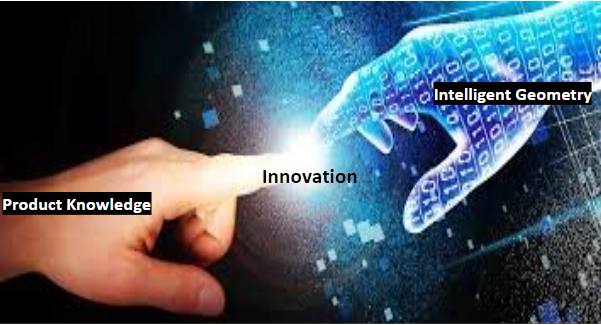-
 Amol Patil
Amol Patil
- Feb. 21, 2024
Automating CAE workflows in 3 simple steps
<div class="text-justify"> In today's rapidly evolving market, a growing number of organizations are setting ambitious goals to eliminate physical prototypes entirely. To support this shift, product design departments are allocated specific budgets to cover expenses related to hardware, software, and personnel. However, as the timeframe for bringing innovative products to market becomes increasingly compressed, design teams are faced with the significant challenge of delivering within these constraints. <br/><br/>
Given these pressures, the automation of Computer-Aided Engineering (CAE) workflows has emerged as a critical strategy. By automating these processes, companies can maximize the output of their existing resources, making automation a key topic within the CAE sector. Nonetheless, the path to effective automation is fraught with challenges, including the need for extensive scripting, in-depth knowledge of specific software products, and a deep understanding of CAE simulations. Furthermore, maintaining and updating these automation scripts is an ongoing requirement, complicating the goal of achieving a standardized automation solution across different simulation workflows and geometries. Traditional automation efforts are often closely tied to specific tools—namely, preprocessors, solvers, and postprocessors—limiting flexibility. <br/><br/>
CAENexus stands at the forefront of innovation with its Abstract Modelling technology, providing a straightforward and reliable method for automating CAE workflows without the need for scripting. This technology is indifferent to the specific CAD, solver, or postprocessor tools used, offering users the freedom to select their preferred software, switch between different options, or employ multiple tools as needed. CAENexus simplifies the automation process, allowing users to execute a CAE workflow from geometry preparation to report generation with just three simple commands. These commands can be seamlessly integrated into low-code Systems Planning and Management (SPDM), Product Lifecycle Management (PLM), or other process management software, enabling even designers to execute automated workflows efficiently. <br/><br/>
The commands used by CAENexus for automating workflows are as follows: <br/><br/>
<ol type="1">
<li>CnAutoRun –prep: This command will generate the solver input deck. <br/><br/>
<li>CnAutoRun –solve: This command will solve and generate the result file. <br/><br/>
<li>CnAutoRun –post: This command will generate a CAE report (either pdf or html). <br/><br/>
</ol>
<img src="/media/blog/3steps1.JPG" alt="Blog image"> <br/><br/>
The inputs required for CAENexus to automate this end-to-end process are: <br/><br/>
<ol type="1">
<li> CAE ready CAD model(s): Prepared by a simulation informed CAD expert, including simple text strings known as “tags”.
<li> Abstract Model blocks: Prepared by CAE analyst, encapsulating CAE knowledge as reusable simulation templates to be used across varying models.
<li> Input text file: This is provided by CAENexus where a user needs to fill in the CAD model and abstract model block name details.
</ol>
An example of a basic report can be seen <a href =/media/resources/view_pdf/PushBeam.pdf>here</a> as a pdf, and a sample report using VCollab’s Rapid Results Review can be seen <a href =/media/resources/view_pdf/PushBeam.html>here</a> , both created automatically by CAENexus. To view the full content of the VCollab report, please see <a href =/media/blog/VCollab_viewing_instructions.png>these </a> instructions. <br/><br/>
The user can embed the above three simple commands in any process management software and even publish a web based, simple user interface to streamline the process of starting simulations for both design engineers and analysts. An example of such a user interface created for HVAC simulation is given below. <br/><br/>
<img src="/media/blog/easaapp.png" alt="Blog image"> <br/><br/>
This way, CAENexus’ three commands can be put to work in the background providing a seamless simulation experience through to report generation, the user only needing to interact with a web-based UI to iterate design variations. <br/><br/>
If you are looking for automating CAE workflows in your organization, please visit <a href =https://www.novusnexus.com >www.novusnexus.com</a> for more details or write to <span class="blue-text">info@novusnexus.com.</span> <br/><br/>
Amol Patil <br>
Director, Novus Nexus <br>
Simulate better with <span class="blue-text">us</span>.<br>
<a href =https://www.novusnexus.com >www.novusnexus.com</a></div>

